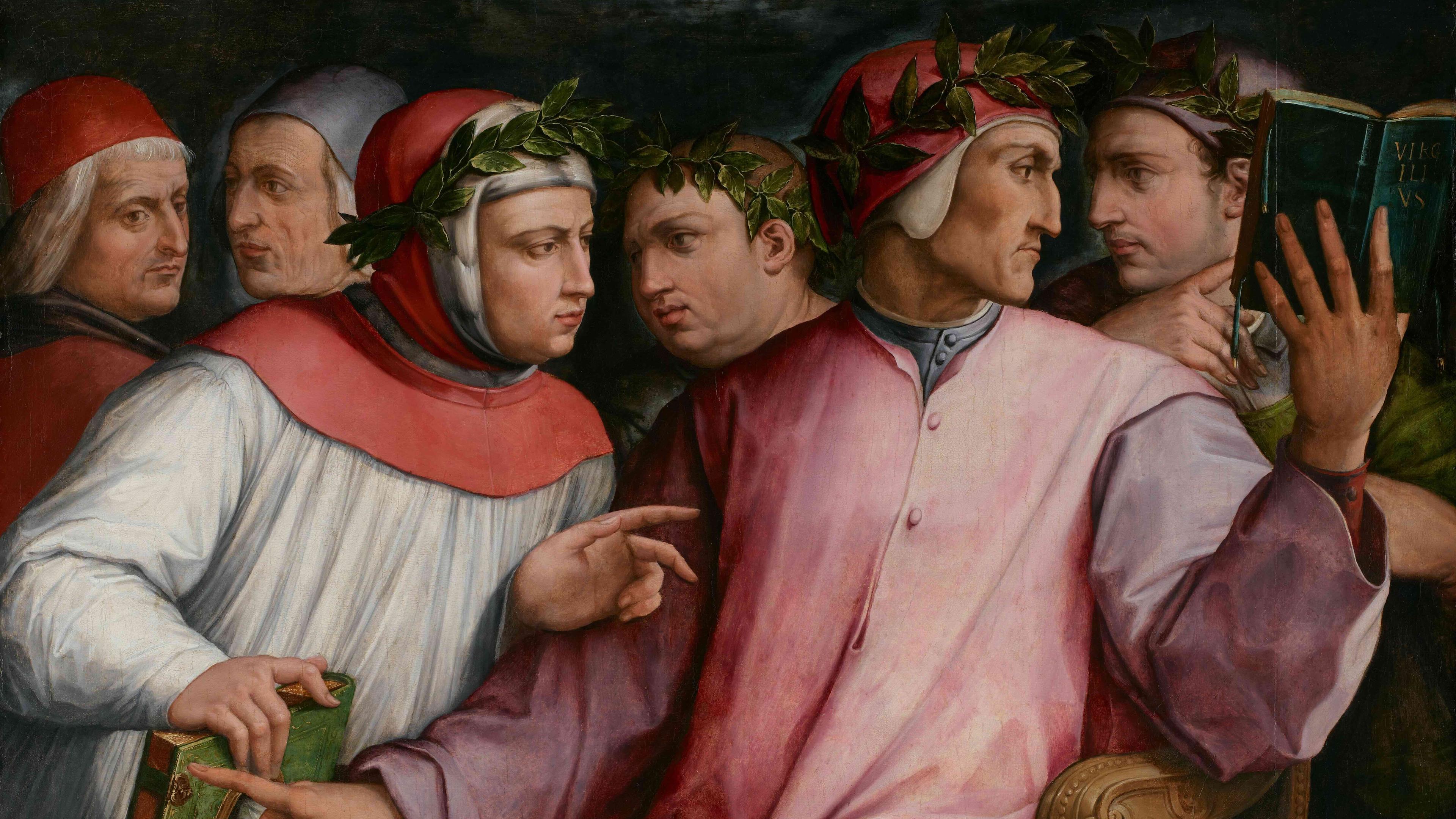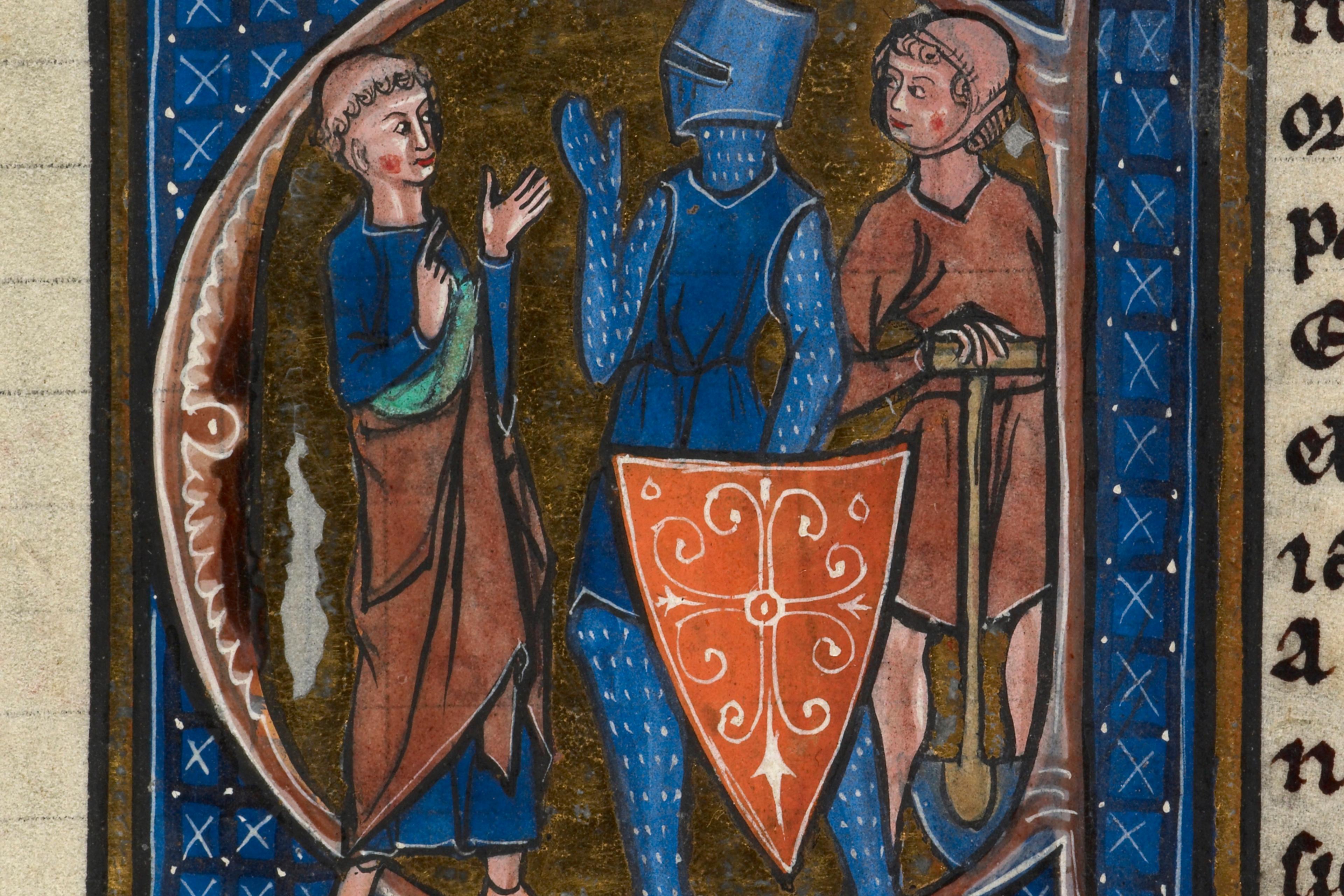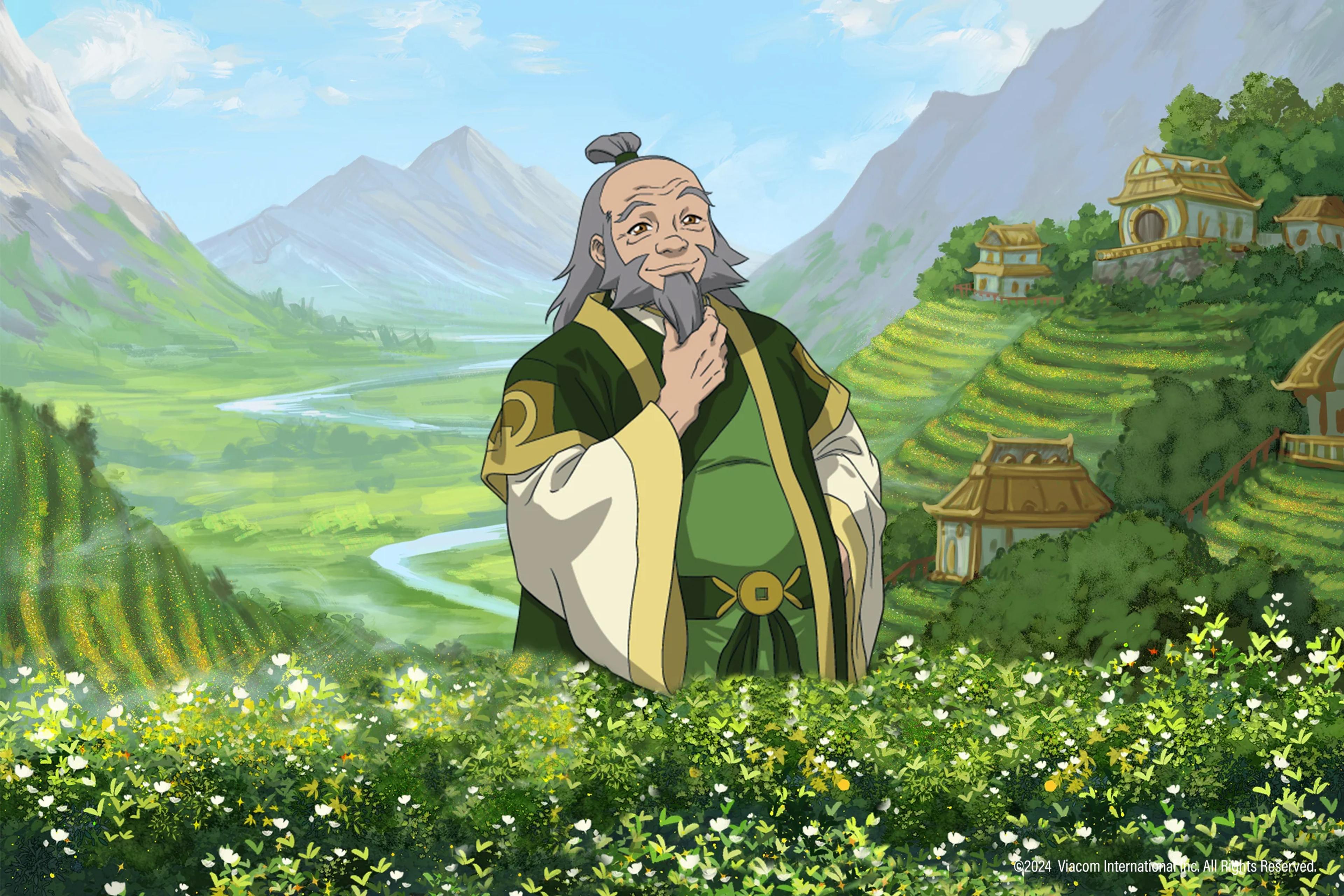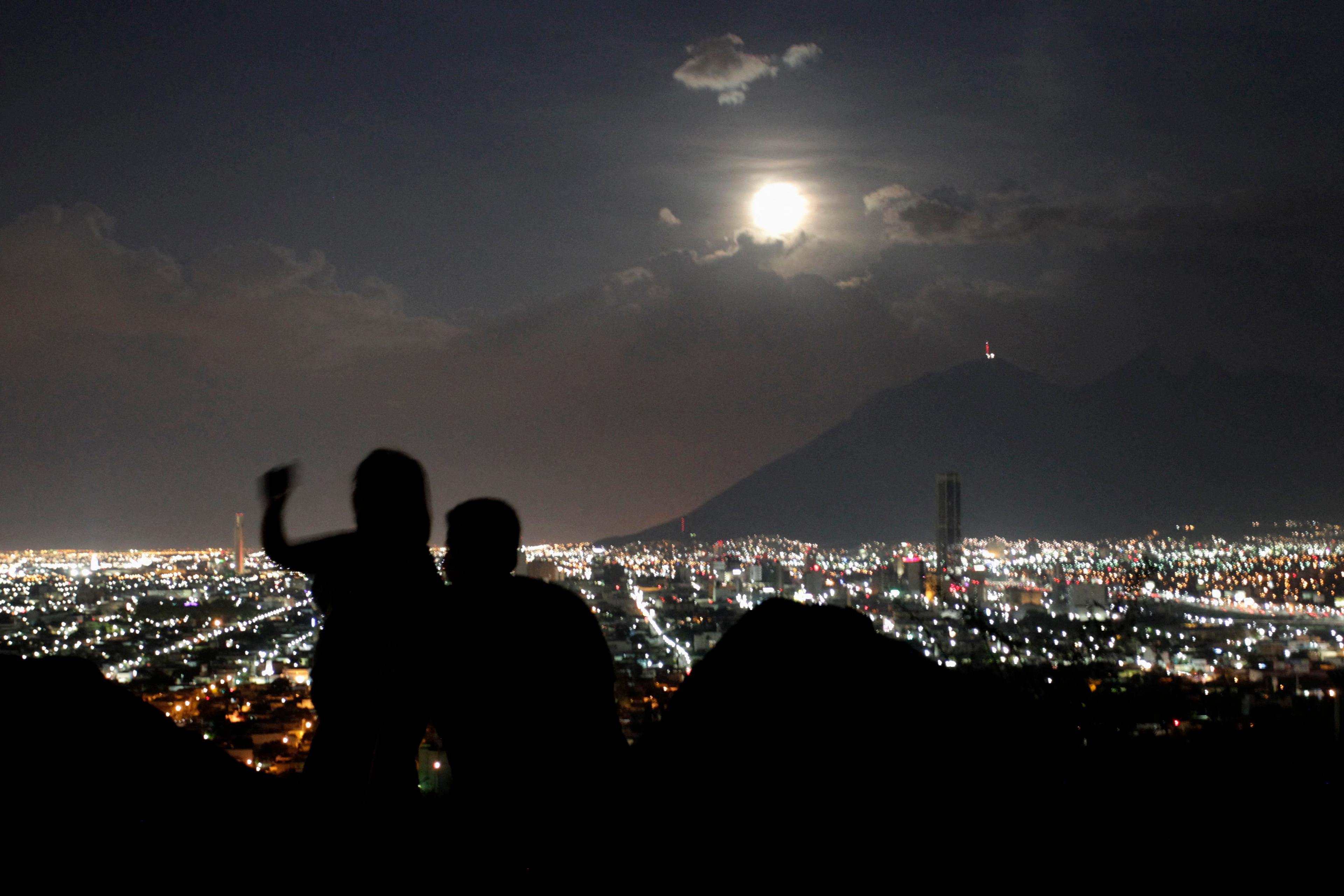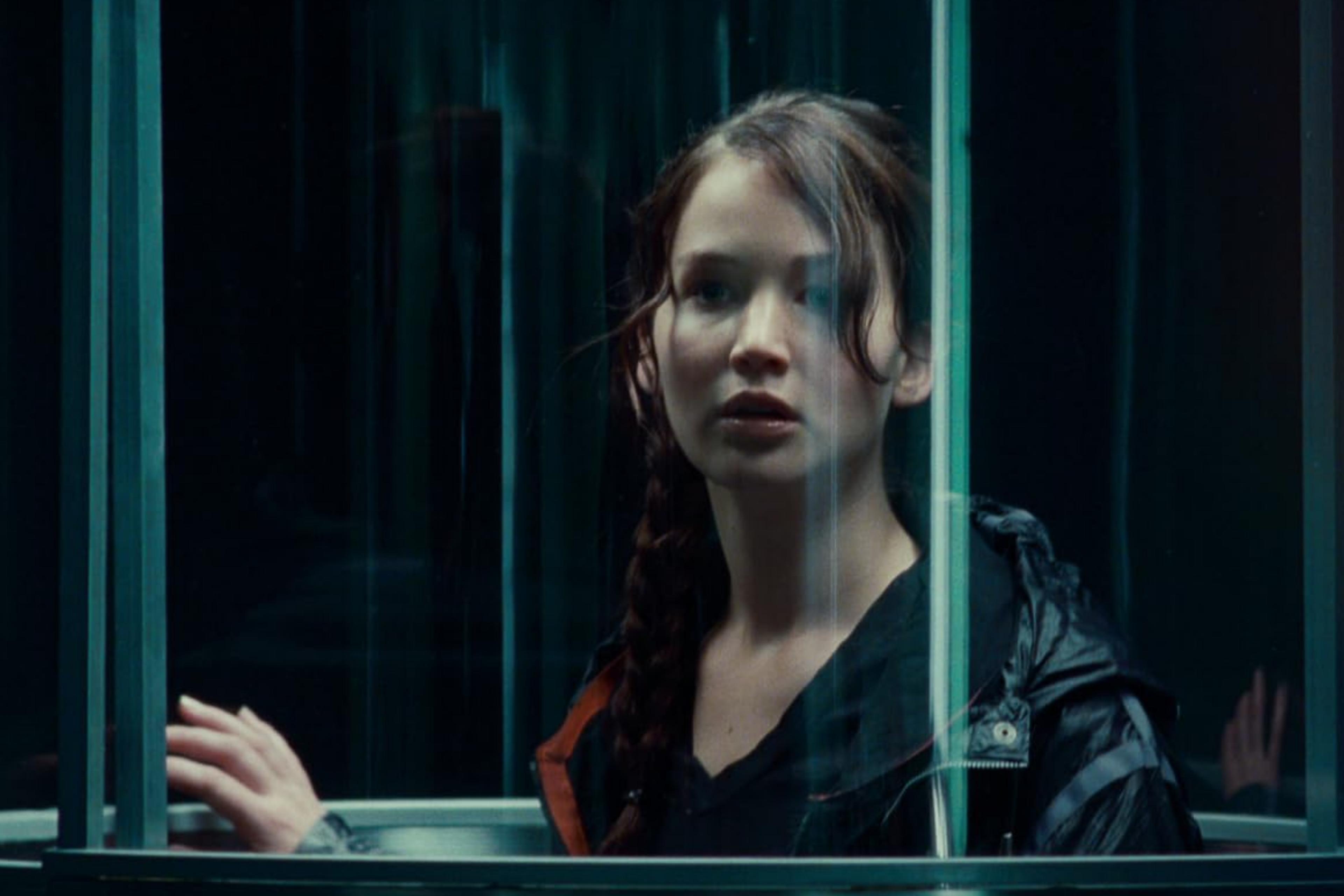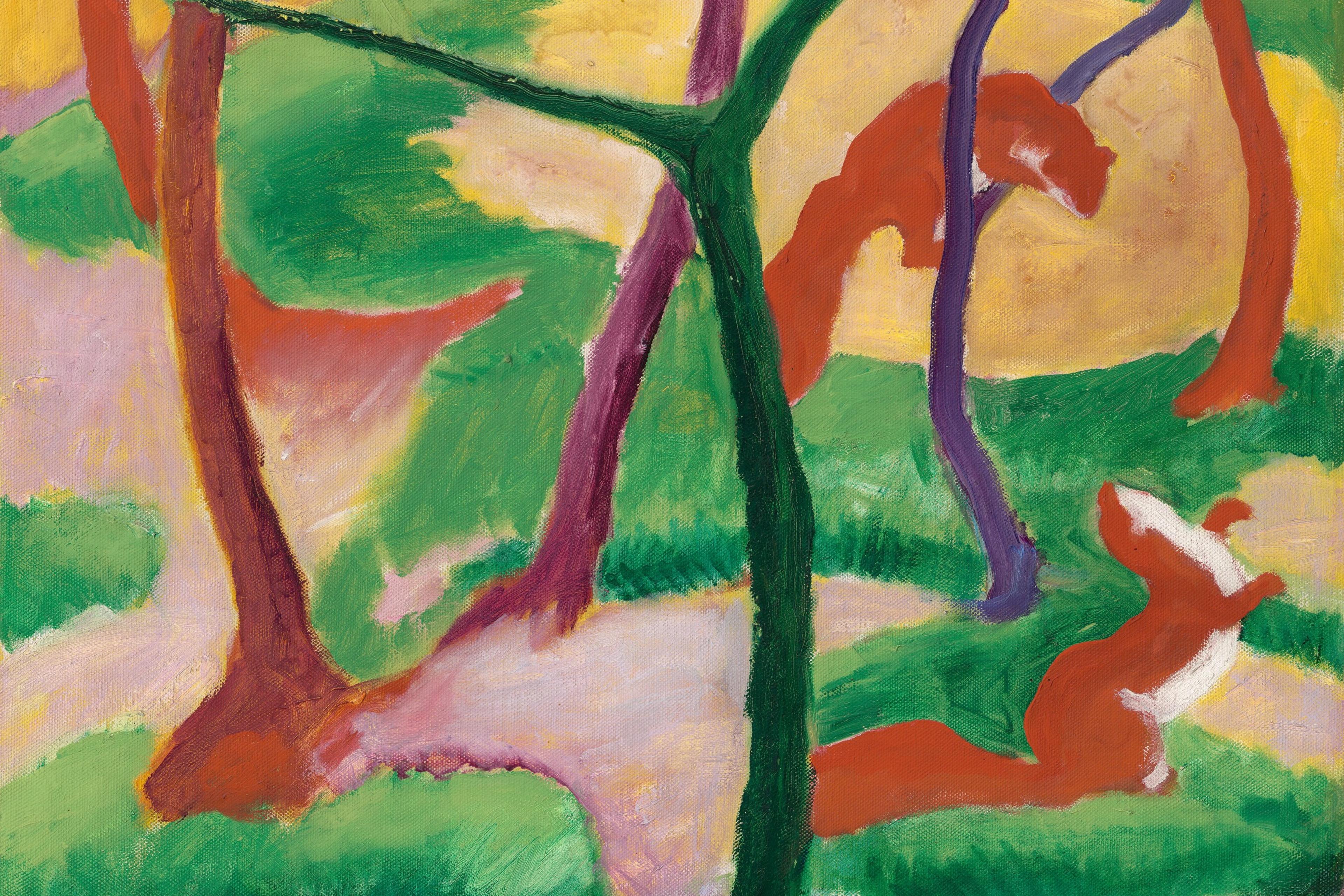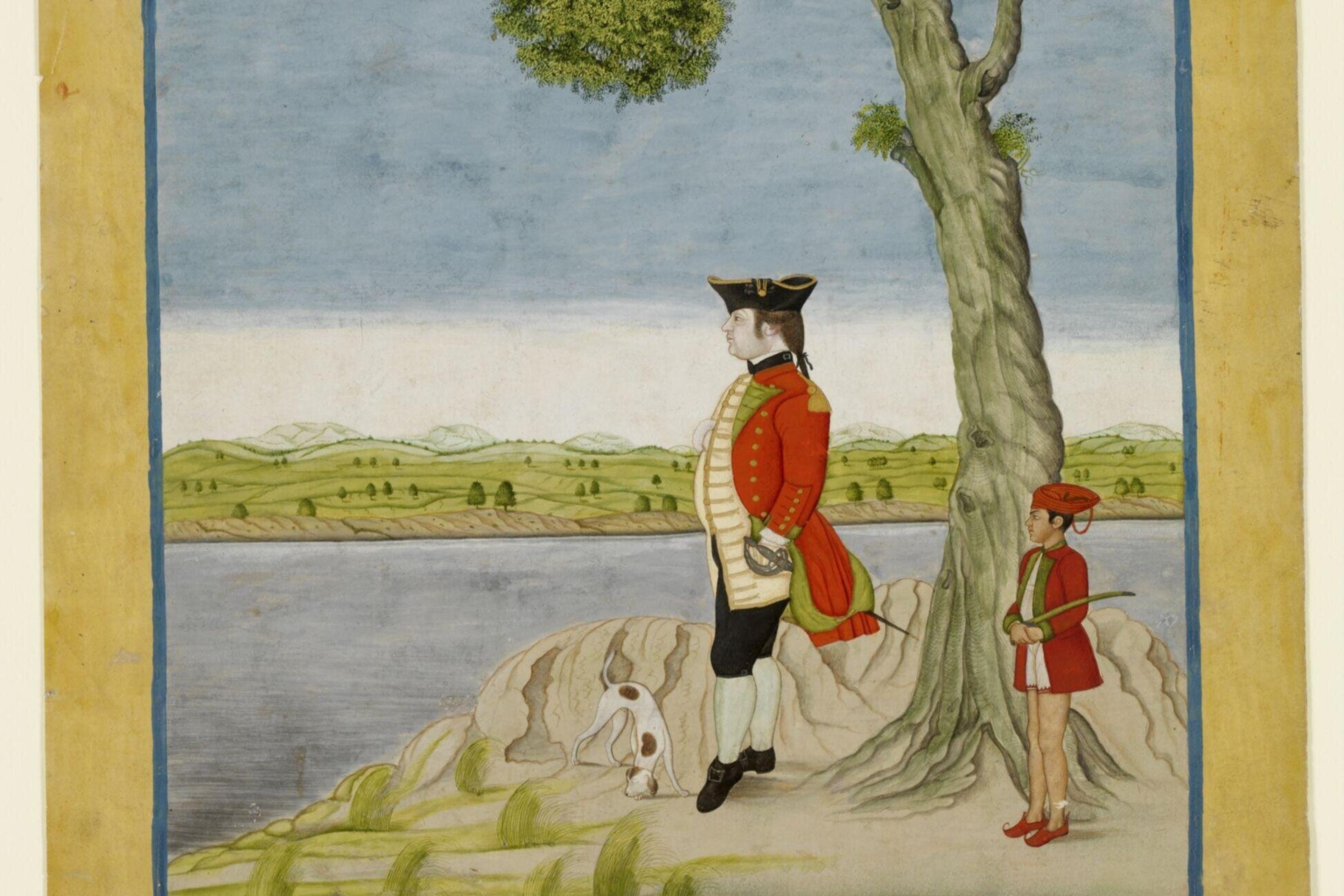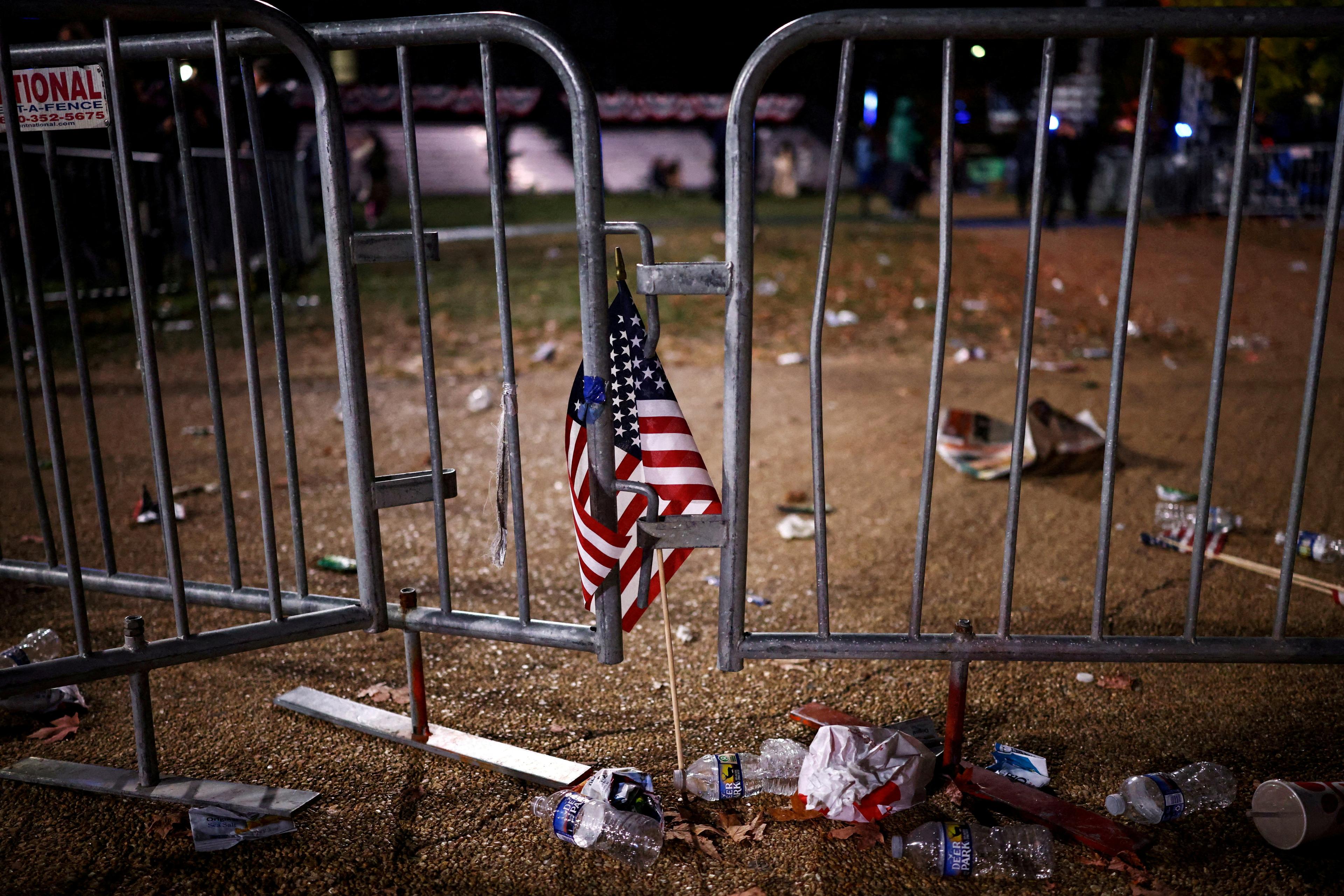A few years ago, on a crisp winter afternoon, I found a beautiful bound translation of The Decameron by Giovanni Boccaccio at the Black Swan bookstore in Staunton, Virginia. A masterpiece written on the cusp of the Italian Renaissance, The Decameron, composed between 1349 and 1351, presents 100 novellas by 10 storytellers who had taken refuge from the Black Plague sweeping through Florence. I bought it immediately and took it back to a friend’s cabin where a group of us had gathered for the weekend.
Reading Boccaccio can be therapeutic because it reminds us that there have been many times in history during which upheaval was both sharp and sustained. The first decades of the 14th century were a difficult time for Italian city-states. Natural and political calamities stacked up in rapid sequence. A glance at Giovanni Villani’s New Chronicles reveals that earthquakes, floods, famine and political turmoil all struck Florence between 1300 and 1348. Then, the plague swept through Europe and left close to half the population dead in its trail.
In the midst of this turmoil, Boccaccio mustered the fortitude and inspiration to create a narrative world of relationships, craft and imagination. Society is completely reimagined in The Decameron. Many of Boccaccio’s characters are practical – they want to make their lives work. Woven through the 100 novellas are stories of merchants who remake the world with their ingenuity, and lovers who stand up to convention to fulfil their desires. The narrative in Boccaccio is working on two different levels. There are the stories themselves, all 100 of them, but there is also the frame, that is, the story about how 10 young citizens of Florence decided to carve out a time and a space to re-imagine their world. The 100 stories in The Decameron are as diverse as can be conceived. They depict nobles as well as the clergy, merchants and artists. Some are told earnestly, others poke fun at established orthodoxies, religious and otherwise. Part of what was happening in that masterful text was the shedding of outdated theologies, of narratives that had become stale and no longer served, and the creation of new patterns, and of new economic, religious, familial and sexual identities.
Much has been made of Boccaccio’s earthy bawdiness and off-colour scenes. What sometimes gets left out is that the humour and sexuality weren’t generally gratuitous. Boccaccio loved to play with religious tradition, upending it with erudite and comically surprising narratives. For example, there’s the story of Dom Felice, a young monk who convinces Frate Puccio, an older merchant with religious aspirations, but who’d been neglecting his wife, that he should spend his nights doing a particular form of sophisticated penance on his rooftop. Meanwhile, Dom Felice takes advantage of the situation he’s created to get busy with Frate Puccio’s wife who, in the midst of their lovemaking, playfully concludes that ‘You make Frate Puccio do penance, but we are the ones who go to Paradise.’ The story is risqué and comical but, most significantly, it’s risqué metaphysically, needling as it does some of the more ascetic religious traditions that neglected day-to-day relationships in favour of their attention to the afterlife. The story’s message couldn’t be clearer. Pay attention! Here! Now!
None of Boccaccio’s stories represents a unified ethical or prescriptive programme, nor are they meant to faithfully convey the views of the author. Boccaccio would later demonstrate a conflicted relationship with his earlier writing. He wrote The Decameron while he was in his 30s, drawing on material he’d collected in Florence and Naples. But later in life, his friend the great poet and humanist Petrarch would scold him for some of his more daring texts and would make an effort to steer him back towards the traditions of Latin literature.
Many of The Decameron’s novellas, however, would reverberate powerfully throughout history. Consider the story of Melchizedek the Jew, which is one of a trio of novellas exploring the nature of faith and religious belief. The story recounts the episode of the Saladin (well known in history as the Muslim leader Salah ad-Din, who lived from 1137 to 1193) who, needing money, attempts to entrap Melchizedek, a rich Jewish man, by asking him which of the three great religious traditions – the Jewish, the Christian or the Muslim – was the most ‘authentic’. Melchizedek artfully dodges the question by telling a parable of a father with three sons and only one ring to bestow. Each of the three sons receives a ring, but none of them knows which is the authentic one. As the literary scholar Pamela Stewart has ably illuminated, the story had made some previous appearances in medieval and early Italian literature. But Boccaccio, through his storyteller Filomena, complicates the narrative. Melchizedek, previously the stereotype of a rich Jewish merchant, is presented with far more nuance as a genuinely wise interlocutor. Also, whereas in previous versions one of the rings remained the authentic one, Boccaccio emphasised the impossibility of distinguishing the original ring, thereby casting a veil of uncertainty over the three faiths. Not surprisingly, the novella was censored during the Counter-Reformation and various editors made attempts to expunge it from their editions of Boccaccio’s work. Thankfully, Boccaccio’s version survived, and became the inspiration for Gotthold Lessing’s play Nathan the Wise (1779), which tackles issues of religious tolerance directly.
As interesting as any single one of the novellas is The Decameron’s frame – the story of the three young men and seven young women who took their leave from plague-infested Florence and retreated to the countryside where they set up a disciplined programme of storytelling. Boccaccio envisioned a creative micro-community of men and women who set out to reinvent the world through stories. Throughout history, as well as in works of fiction, we find many examples of fringe communities giving shape to new imaginative frameworks. I’m not talking here about the kind of civil society described by Alexis de Tocqueville in 1835 – the organisations devoted to causes, great and small. Those are important too – but what I’m referring to here is a subset, the world of communities built to craft relationships, foster creativity and create alternative ways of life. Religious traditions have sometimes promoted these kinds of movements, often on the periphery – engaged and progressive religious communities continue to play this role in the present. But I think too of artist enclaves and phenomena as diverse as Burning Man or the Slow Food movement. What these heterogeneous communities have in common is a commitment to a more examined way of living, a more conscious way of consuming, a pause from the rhythms of daily life and the demands of the economy. In a society otherwise driven by soundbites and micro-marketing, this is a space for relating, for pausing, for playing and reconnecting, for re-engaging with our critical faculties and imaginative abilities.
We live in a strange existential moment, full of hope, innovation and ambition, yet perched on the verge of disaster. Our consciousness is being pulled apart at the seams, stretched at one extreme by narratives of technological quantum leaps and those who emphasise the upward-sloping curves of technological progress, and on the other extreme by accounts of current and pending calamities and the scientists who point to similar curves as they apply to excess consumption, resources depletion and climate change. These factors create a profoundly strange existential predicament – a dangerous blending of technological hubris and existential resignation. It’s also a strange moment, because the great hopes fuelled by the end of the Cold War – when we’d allegedly reached the ‘end of history’ – have been tempered by the more sobering reversion to nationalisms and authoritarian-leaning regimes. The short-term indicators are not good. They point to instability, depletion of resources, increasing inequality, potential wars, famines and pandemics. What is a citizen to do in the face of so much extended uncertainty?
Historically, there are a few different ways that alternative communities have engaged with the world around them, and with other political and economic structures. During the early centuries of the medieval period, following the collapse of the Roman empire, monastic communities preserved strands of culture and learning through rigorous discipline and attention to valuable textual sources. They created their own microcosms of cultural resistance, preserving and translating manuscripts and keeping learning alive in Europe. Of course, it’s possible that climate change and other natural and political calamities might again bring us to a period during which societal structures collapse entirely, there’s widespread unrest, and perhaps our universities will become the beleaguered guardians of dialogue and rationality. But we’re not there yet, and hopefully we won’t get there. While historical analogies are inevitably fraught with danger, the late-medieval and early Renaissance period offers a better model. Yes, there was upheaval and political instability, but there was also enough order to allow the citizens of European cities to engage and imagine new ways of being, and this is where Boccaccio shines.
The challenge for alternative communities in the present age is to be both imaginative and engaged with reality. Escapism doesn’t help anyone. Dismissing political structures is both illusory and dangerous. It’s the fertile space between the imaginative and the concrete that we must occupy. What else can we glean from the pages of The Decameron? Boccaccio channels lots of good advice. Embrace the bizarre. Mock arbitrary authority and oppressive orthodoxies. Shed beliefs that are no longer reasonable. Take time. Pause. Be ruthless when necessary, and always use intelligence – the human ingenuity that is the engine of innovation. For Boccaccio, this set of attitudes would be the basis for a playful, irreverent humanism that would feed into the deep streams of Renaissance thought and culture. But a nostalgic look to the Renaissance, as appealing as it might sound today, is hardly the point in this case. Rather, re-reading a creative genius such as Boccaccio can provide us with the fortitude and inspiration to craft our own renaissances, in the midst of uncertain times.
